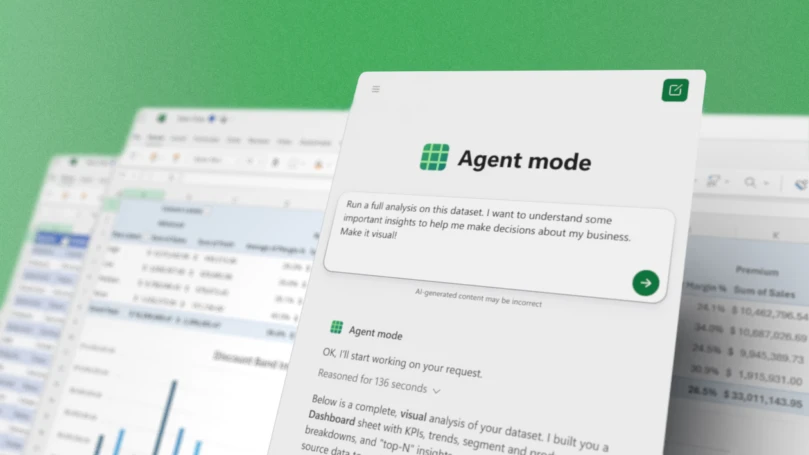Understanding AI: The Attention Bottleneck
What is Attention in AI?
In AI, “attention” refers to a software technique that determines which words in a text are most relevant to understanding each other. This technique helps map out context and build meaning in language. For example, in the sentence “The bank raised interest rates,” attention helps the model establish that “bank” relates to “interest rates” in a financial context, not a riverbank context. Through attention, conceptual relationships become quantified as numbers stored in a neural network. Attention also governs how AI language models choose what information “matters most” when generating each word of their response.
The Challenges of Calculating Context
Calculating context with a machine is tricky, and it wasn’t practical at scale until chips like GPUs that can calculate these relationships in parallel reached a certain level of capability. Even so, the original Transformer architecture from 2017 checked the relationship of each word in a prompt with every other word in a kind of brute force way. So if you fed 1,000 words of a prompt into the AI model, it resulted in 1,000 x 1,000 comparisons, or 1 million relationships to compute. With 10,000 words, that becomes 100 million relationships. The cost grows quadratically, which creates a fundamental bottleneck for processing long conversations.
The Impact on Long Conversations
Although it’s likely that OpenAI uses some sparse attention techniques in GPT-5, long conversations still suffer performance penalties. Every time you submit a new response to ChatGPT, the AI model at its core processes context comparisons for the entire conversation history all over again. This can lead to slower response times and decreased accuracy in understanding the context of the conversation.
The Origins of the Transformer Model
Of course, the researchers behind the original Transformer model designed it for machine translation with relatively short sequences (maybe a few hundred tokens, which are chunks of data that represent words), where quadratic attention was manageable. It’s when people started scaling to thousands or tens of thousands of tokens that the quadratic cost became prohibitive.
Conclusion
The attention bottleneck is a significant challenge in AI, particularly when it comes to processing long conversations. While techniques like sparse attention can help alleviate this issue, it’s still a fundamental limitation of current AI models. As AI technology continues to evolve, it’s likely that new solutions will be developed to address this bottleneck and enable more efficient and effective processing of complex conversations.
Frequently Asked Questions
Q: What is the attention bottleneck in AI?
A: The attention bottleneck refers to the challenge of calculating context in AI models, particularly when dealing with long conversations. This bottleneck arises from the quadratic cost of computing relationships between words, which can lead to slower response times and decreased accuracy.
Q: How does the Transformer model work?
A: The Transformer model uses a technique called attention to determine which words in a text are most relevant to understanding each other. This involves computing relationships between words in a kind of brute force way, which can be computationally expensive for long conversations.
Q: What are the implications of the attention bottleneck for AI development?
A: The attention bottleneck has significant implications for AI development, particularly in applications that involve long conversations or complex contextual understanding. Addressing this bottleneck will be crucial for developing more efficient and effective AI models that can handle complex conversations and tasks.











